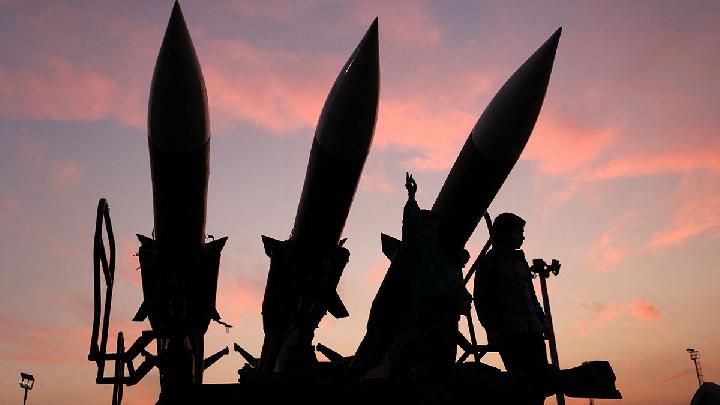The year 2025 marks a pivotal chapter in the recalibration of global defense capabilities. According to the latest data by Global Fire Power, a renowned military analytics institution, several nations continue to consolidate their strategic defense positioning through significant personnel mobilization, modernization programs, and capital expenditure in advanced military assets.
Here are the ten countries leading global military strength rankings in 2025, as measured by force size, technology assets, and defense investment:
1. United States
Maintaining its leadership, the U.S. operates with 2.1 million personnel and 13,043 military aircraft—the world’s largest air fleet. Backed by an unparalleled military budget of USD 840 billion, the U.S. continues to emphasize rapid deployment capabilities, integrated defense systems, and long-range deterrence.
2. Russia
With 3.57 million personnel, 5,750 tanks, and a nuclear arsenal exceeding 5,900 warheads, Russia remains a formidable player. Its defense priorities continue to focus on mechanized ground dominance and tactical nuclear readiness, despite international sanctions impacting procurement chains.
3. China
China is investing heavily in next-generation warfare capabilities. With 3.17 million personnel, 6,800 tanks, and 3,309 aircraft, its USD 266.85 billion defense budget drives major advancements in AI, cyber warfare, and autonomous systems. Defense industrial collaboration with Belt and Road partner states also extends its influence.
4. India
India’s 5.1 million defense personnel represent the world’s largest standing military force. With 4,201 tanks and a maturing aerospace sector, India continues to invest in indigenous defense manufacturing through its Make in India initiative, building long-term resilience and regional projection capabilities.
5. South Korea
South Korea’s modernization program—supported by USD 50 billion in defense funding—focuses on interoperability with U.S. forces and domestic defense R&D. With 3.82 million personnel, 2,236 tanks, and 1,592 aircraft, the country emphasizes regional deterrence amid increasing North Korean provocations.
6. United Kingdom
With a budget of USD 71.5 billion, the UK Armed Forces prioritize force modernization, including the Ajax reconnaissance platform and expanded cyber capabilities. The military maintains 180,780 highly trained personnel, 631 aircraft, and 227 tanks.
7. France
France’s EUR 413 billion multi-year defense strategy supports 376,000 personnel, 976 aircraft, and 215 tanks. A major investor in nuclear deterrence, space command, and EU joint defense capabilities, France remains a pivotal security actor within NATO and the Indo-Pacific dialogue.
8. Japan
Operating 1,443 aircraft and 521 tanks, Japan relies on U.S. strategic cover for nuclear deterrence while increasing its own defense capacity under the 2023 National Defense Strategy. With 328,185 military personnel, Japan is enhancing its missile defense and maritime security footprint.
9. Turkey
With 883,000 personnel and a growing indigenous defense manufacturing sector, Turkey fields 1,083 aircraft and 2,238 tanks. Its strategic location enables defense cooperation across NATO, the Middle East, and Central Asia, positioning it as a bridge power in emerging regional alliances.
10. Italy
Italy’s defense establishment comprises 289,000 personnel, 729 aircraft, and 200 tanks. A member of the EU and NATO, Italy emphasizes multilateral operations, Mediterranean security, and defense-industry collaboration through EU-wide PESCO programs.
Strategic Implications for Industry and Partnerships
The shifting rankings highlight a broader trend: defense spending is not merely a function of national security but also a key driver of industrial growth, technological innovation, and international collaboration. For stakeholders in aerospace, cybersecurity, logistics, and defense procurement, these trends represent growing demand and potential for cross-border partnerships.
Sectors supporting dual-use technologies, military-grade AI, and regional supply chain resilience are particularly well-positioned. As military modernization continues to align with national economic agendas, public-private synergy will play a critical role in shaping the future security architecture.






